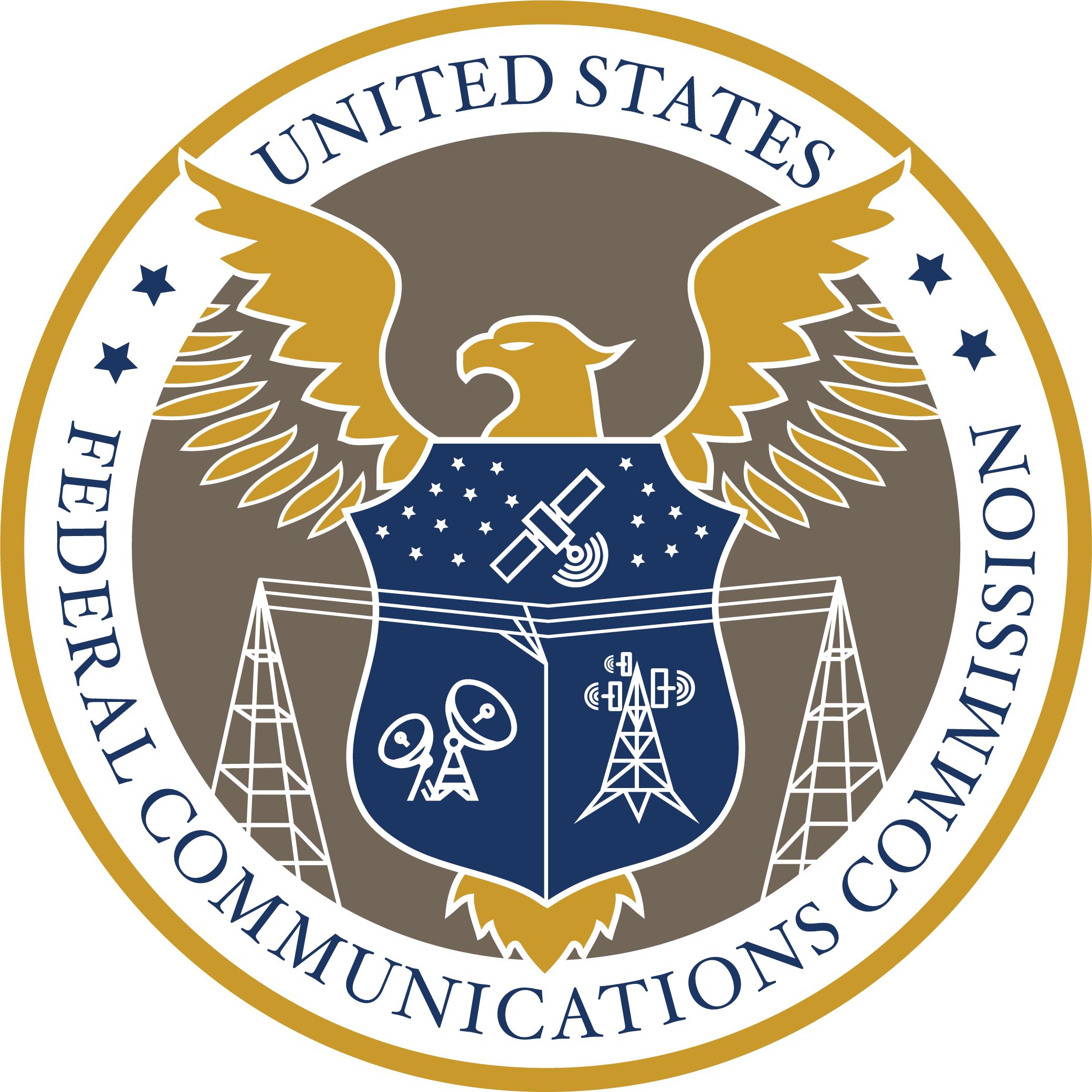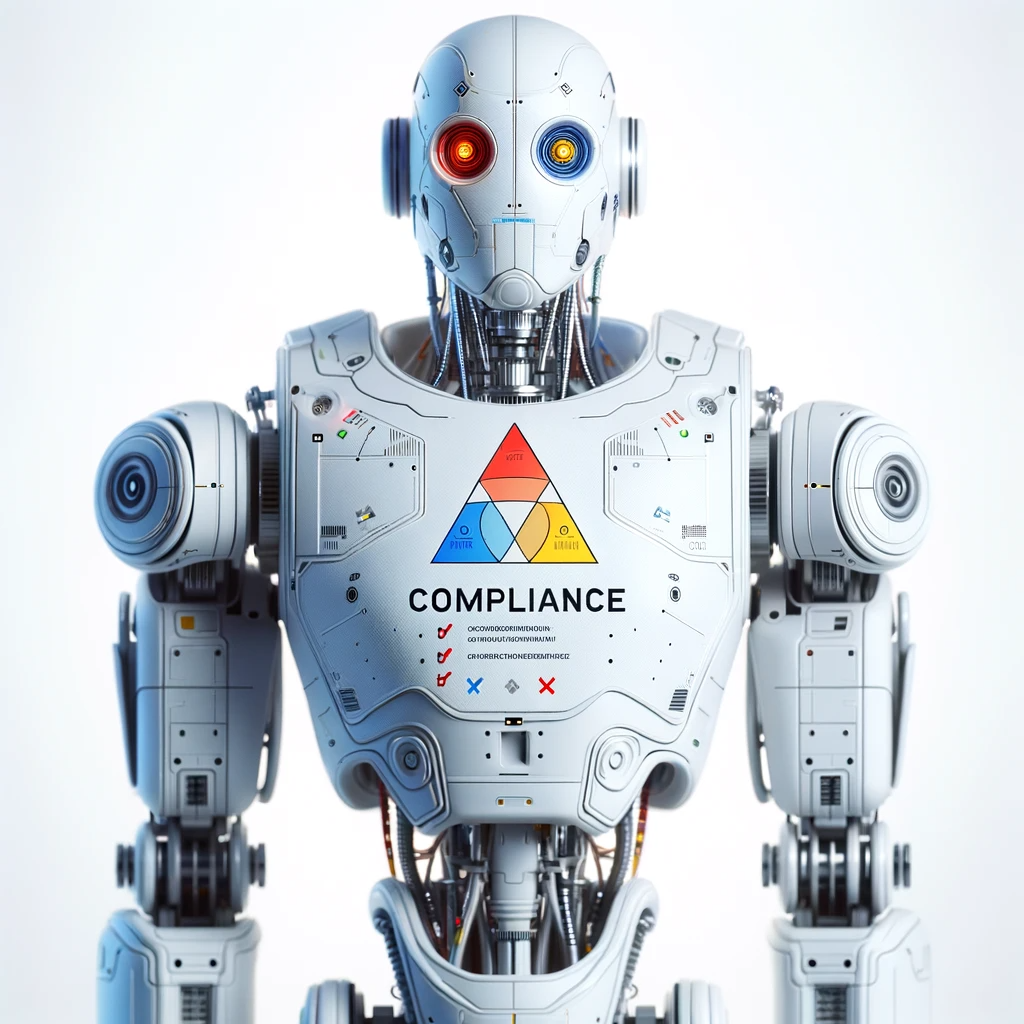Leveraging AI for Enhanced B2B Communications: Navigating FCC Compliance with Confidence
Humanizing Automation: Navigating AI Voice Calls with Confidence in B2B Outreach
The Federal Communications Commission's (FCC) recent rulings on AI-generated voice calls mark a significant milestone in the journey towards more ethical and responsible use of artificial intelligence. Far from being seen as a setback, these guidelines are welcomed as a clarion call for innovation, urging businesses to harness AI's potential within a framework that prioritizes privacy, consent, and transparency.

At CIENCE, we're excited about the possibilities that AI opens up for B2B communication, but we're also realistic. Navigating regulations while pushing boundaries can feel like a tightrope walk. The good news? Forward-thinking companies are stepping up, not just to follow the rules, but to explore what's truly possible in this new landscape. This means crafting interactions that are personalized, effective, and, yes, even enjoyable for the recipient. It's not about blind excitement; it's about harnessing the power of AI responsibly and ethically. As we unpack the FCC's rulings, we see a future where technology and trust work together to build genuine business connections. We're not just talking about compliance, we're talking about building relationships that last.
Rulings Explained
In February 2024, the Federal Communications Commission (FCC) took a significant step in addressing the evolving landscape of telecommunications by issuing a ruling on AI-generated voice calls. This move, aimed at curtailing the misuse of voice cloning and AI technologies in robocalls, has stirred a conversation across industries about the future of automated communications. While the ruling primarily targets the protection of consumers from unsolicited and potentially deceptive robocalls, it also casts a spotlight on the use of AI in business-to-business (B2B) communications.
B2B outreach, a cornerstone of modern commerce, relies heavily on personalized and relevant interactions. Unlike mass marketing strategies that blanket consumers with the same message, B2B communications are tailored to meet the specific needs, challenges, and interests of each business. This distinction is critical in understanding how the FCC's ruling impacts different sectors of outbound communication.

The Importance of Personalization in B2B Communications
In the realm of business-to-business (B2B) communications, the emphasis is squarely on forging meaningful connections through messages that are tailored, targeted, and highly relevant to the recipient's business context. This approach contrasts sharply with the broader strokes of consumer-targeted communications, which often aim to reach as wide an audience as possible with a more generalized message. B2B outreach thrives on the nuances of professional relationships, understanding specific industry challenges, and providing solutions that resonate on a personal level with each business entity.
Targeted Communications
B2B communications are not about casting the widest net; they're about casting the right net. Each outreach effort is designed to reach a specific segment of businesses that are most likely to benefit from the products or services offered. This targeting is informed by a deep understanding of industry sectors, company sizes, and even the specific roles of individuals within those companies. The goal is to ensure that every communication is directed toward entities where the message will be most relevant and impactful.
Personalization
Beyond just targeting the right businesses, B2B communications are personalized to address the unique needs and interests of each recipient. This personalization can range from customizing the message based on the recipient's role within their company (e.g., addressing specific challenges faced by IT managers versus marketing directors) to tailoring solutions based on the recipient's industry, market position, or even past interactions with the sender.
The use of AI and data analytics has significantly enhanced the ability to personalize at scale, allowing businesses to create communications that feel one-on-one, even when reaching out to hundreds or thousands of potential B2B partners.
Relevant Outreach
The cornerstone of effective B2B communication is relevance. Every message must offer value to the recipient, whether by providing solutions to their problems, offering insights into industry trends, or presenting opportunities for growth and efficiency improvements. Relevance is what turns an unsolicited message into a welcome one, transforming outreach efforts from potential nuisances into valuable business propositions. This requires not only a thorough understanding of the recipient's business but also an ongoing effort to stay informed about changes and challenges within their industry.
In the context of B2B communications, the push for personalization, targeting, and relevance is not just about ensuring compliance with regulations like those put forth by the FCC. It's about respecting the time and intelligence of each recipient, recognizing that their needs are distinct, and demonstrating that your business sees them as more than just another number in a database. This approach not only enhances the effectiveness of B2B outreach but also builds the foundation for long-term business relationships based on mutual respect and value exchange.
Adapting AI Voice Technology for B2B Outreach
In the wake of the FCC's ruling on AI-generated voice calls, businesses must navigate a new regulatory landscape. This does not spell the end for AI in B2B outreach but rather an opportunity to refine and enhance these strategies within a framework that emphasizes respect, consent, and value. Here's how businesses can adapt AI voice technology for B2B outreach, aligning with both the letter and spirit of the law.
Strategies for Leveraging AI Voice Calling Within the New Regulatory Framework
The key to successfully integrating AI voice technology in B2B communications lies in understanding and adhering to the new rules while focusing on the inherent strengths of AI to enhance personalization and efficiency. Companies can leverage AI to analyze data on potential business clients, identifying those most likely to benefit from their offerings. AI can then help tailor the messaging to address specific business needs, ensuring that each call adds value to the recipient.
Ensuring Transparency and Disclosing the Use of AI
Transparency is crucial in building trust, particularly when utilizing AI in voice communications. Businesses should clearly disclose the use of AI at the beginning of calls, ensuring recipients are aware they are interacting with a machine. This can be as simple as including a brief statement at the start of the call to inform the recipient that they are speaking to an AI assistant designed to provide them with tailored information relevant to their business needs.
Obtaining Implied or Express Consent in a B2B Context
Consent is a cornerstone of the FCC's ruling, but in a B2B context, it can be nuanced. While express consent is always the gold standard, implied consent may be inferred in certain business relationships, particularly where there is a history of interaction or an existing relationship. Businesses should document all instances of consent and ensure they have a clear understanding of when and how consent was given. Additionally, providing a straightforward way for businesses to opt-out of future communications is not just a legal requirement but a best practice in respecting recipient preferences.
Enhancing Personalization and Relevance Through AI Analytics and Customization
AI's power lies in its ability to analyze vast amounts of data to identify trends, preferences, and needs. By harnessing AI for analytics and customization, businesses can ensure their voice communications are highly personalized and relevant. This involves using AI to segment the audience based on specific business characteristics, previous interactions, and potential needs. AI can then customize the messaging in real-time, adjusting the pitch or focus based on the recipient's responses during the call. This level of personalization ensures that the communication is not only compliant with regulations but genuinely valuable to the recipient.
Adapting AI voice technology for B2B outreach in the current regulatory environment requires a thoughtful approach that balances compliance with the potential of AI to enhance business communications. By focusing on transparency, consent, and personalization, businesses can leverage AI voice calling to not only meet the regulatory requirements but also to deliver meaningful, valuable interactions that build long-term business relationships. This strategic adaptation not only ensures compliance but positions businesses as leaders in ethical, effective B2B communication in the digital age.

Compliance and Ethical Considerations
As businesses adapt AI voice technology for B2B outreach, navigating the regulatory landscape with an ethical compass is paramount. The integration of AI into communications strategies not only necessitates compliance with FCC regulations but also demands a commitment to ethical practices that respect the preferences and intelligence of business recipients. Here's how companies can ensure their use of AI voice technology aligns with both compliance requirements and ethical standards.
The Importance of Ethical Use of AI in B2B Communications
Ethical AI use in B2B communications transcends legal obligations, embedding respect for the recipient's time, privacy, and autonomy at the core of outreach efforts. This means going beyond merely avoiding deception or intrusion, to genuinely seeking to add value with every interaction. Ethical considerations should guide the development and deployment of AI technologies, ensuring they are used to enhance the quality of interactions between businesses, rather than to manipulate or coerce.
- Transparency: Clearly disclosing the use of AI in voice communications not only complies with regulatory requirements but also fosters trust. Recipients should never be left guessing about the nature of the interaction or the authenticity of the communication.
- Respect for Autonomy: Businesses must ensure that recipients have easy access to opt-out mechanisms, respecting their decision to disengage without cumbersome processes.
Tips for Maintaining Compliance with FCC Regulations and Respecting Recipient Preferences
Compliance with FCC regulations is a moving target, requiring businesses to stay informed and adaptable. Here are some practical tips for maintaining compliance while respecting recipient preferences:
- Stay Informed: Keep abreast of regulatory changes to the TCPA and updates from the FCC. Regulatory landscapes evolve, and what's compliant today may not be tomorrow.
- Document Consent: Maintain meticulous records of consent, including the type (implied or express) and context in which it was obtained. This documentation will be invaluable in demonstrating compliance.
- Prioritize Opt-Outs: Make opting out as straightforward as opting in. Ensure that your AI system is equipped to process and respect opt-out requests immediately and effectively.
The Role of Continuous Monitoring and Adaptation to Regulatory Changes
The dynamic nature of both technology and regulation requires a proactive approach to compliance and ethical considerations. Continuous monitoring of both the regulatory environment and the technological landscape ensures that businesses can quickly adapt to changes, safeguarding their operations against compliance risks and ethical dilemmas.
- Regular Reviews: Implement regular review processes for your AI communication strategies to ensure they remain compliant and align with best practices in ethical communication.
- Feedback Loops: Establish feedback mechanisms to gather insights from recipients about their experiences. This feedback can guide adjustments in your AI strategies to enhance personalization, relevance, and respect for recipient preferences.
- Adaptation Strategy: Develop a clear strategy for adapting to regulatory changes, including a process for updating AI systems and communication protocols in response to new guidelines or restrictions.
The ethical use of AI in B2B communications and compliance with FCC regulations are not just about adhering to the letter of the law; they're about respecting the essence of business relationships based on trust, value, and mutual respect. By prioritizing transparency, consent, and continuous adaptation, businesses can navigate the complexities of AI integration into their outreach strategies, ensuring that they not only remain compliant but also set standards for ethical and effective B2B communications in the digital era.

Navigating the Future of B2B Communications with AI
The integration of Artificial Intelligence (AI) into B2B communications represents a frontier of innovation, efficiency, and personalization. As we look toward the future, the landscape of B2B outreach is set to evolve dramatically, influenced by advancements in AI technologies and shifts in regulatory environments. Understanding these changes and preparing for them is crucial for businesses aiming to leverage AI responsibly and effectively.
The Evolving Landscape of B2B Outreach and the Role of AI Technologies
The future of B2B communications is inherently tied to the development and adoption of AI technologies. AI offers unparalleled capabilities for analyzing data, understanding market trends, personalizing outreach, and automating tasks, which can significantly enhance the efficiency and effectiveness of B2B strategies. As these technologies become more sophisticated, businesses will find new opportunities to connect with potential partners in ways that are both meaningful and impactful.
- Predictive Analytics: AI's ability to predict future buying behaviors based on historical data will allow businesses to anticipate needs and tailor their outreach accordingly.
- Enhanced Personalization: Future developments in AI will enable even deeper levels of personalization, making every communication feel uniquely tailored to the recipient's current business context and needs.
Potential Future Developments in AI Voice Technology and Regulatory Environments
As AI voice technology advances, we can expect to see more natural, conversational interfaces that can engage in dynamic, context-aware interactions with business recipients. These advancements will likely prompt regulatory bodies to update and refine their guidelines to ensure that the use of such technologies remains ethical and respects the rights of individuals.
- Regulatory Adaptations: Anticipate adjustments in regulatory frameworks to address the nuanced capabilities of advanced AI, focusing on consent, privacy, and transparency.
- Ethical AI Use: The conversation around the ethical use of AI will evolve, emphasizing the importance of using these technologies to enhance human interaction rather than replace it.
Call to Action
The journey toward integrating AI into B2B communications is one of continuous learning, adaptation, and ethical consideration. Businesses stand on the brink of a new era where AI can significantly enhance the quality, relevance, and impact of their outreach efforts. However, this potential can only be realized through responsible use, with a commitment to adding genuine value and respecting the autonomy and preferences of B2B partners.
We encourage businesses to embrace AI with a focus on creating meaningful, valuable interactions. By doing so, you can not only comply with regulatory demands but also set new standards for excellence in B2B communications. The future of B2B outreach is not just about reaching more businesses more efficiently; it's about connecting with them more meaningfully. As we look forward, let's ensure that our use of AI in B2B communications is guided by principles of value, respect, and mutual benefit, laying the foundation for stronger, more productive business relationships in the digital age.
Resources
FCC Regulations and Guidelines
- FCC Official Website: https://www.fcc.gov/
- Telephone Consumer Protection Act (TCPA) Resources: https://www.fcc.gov/consumers/guides/stop-unwanted-robocalls-and-texts
